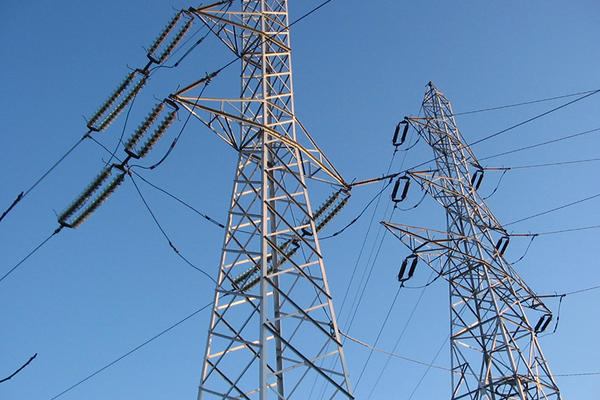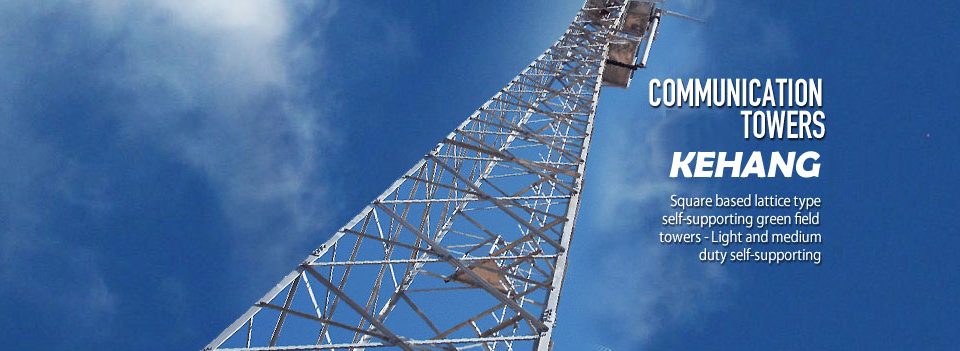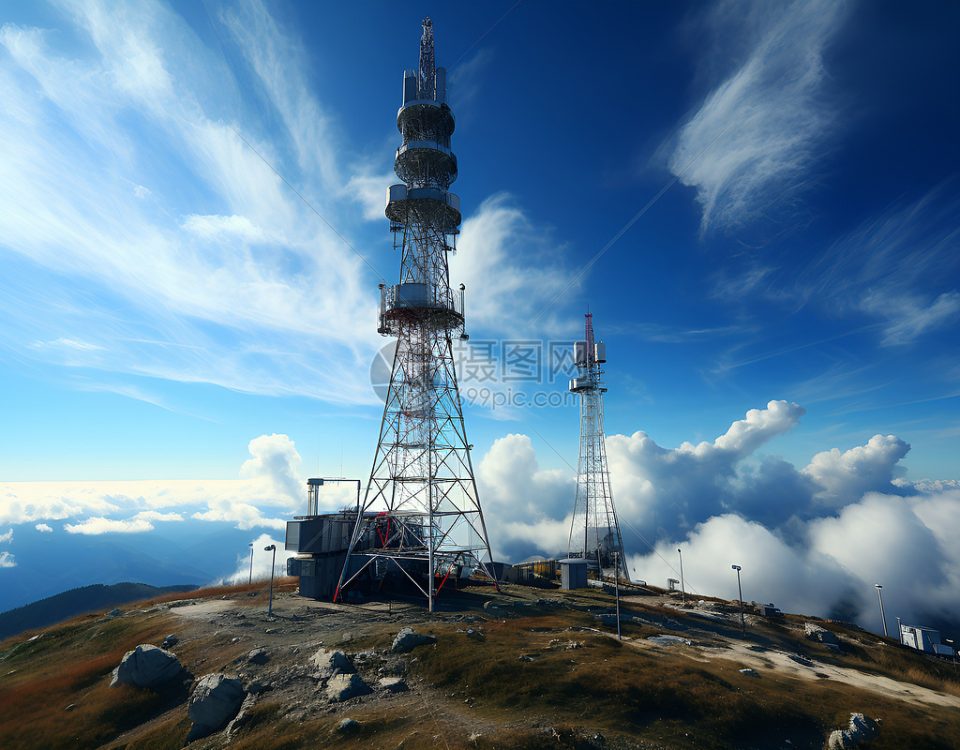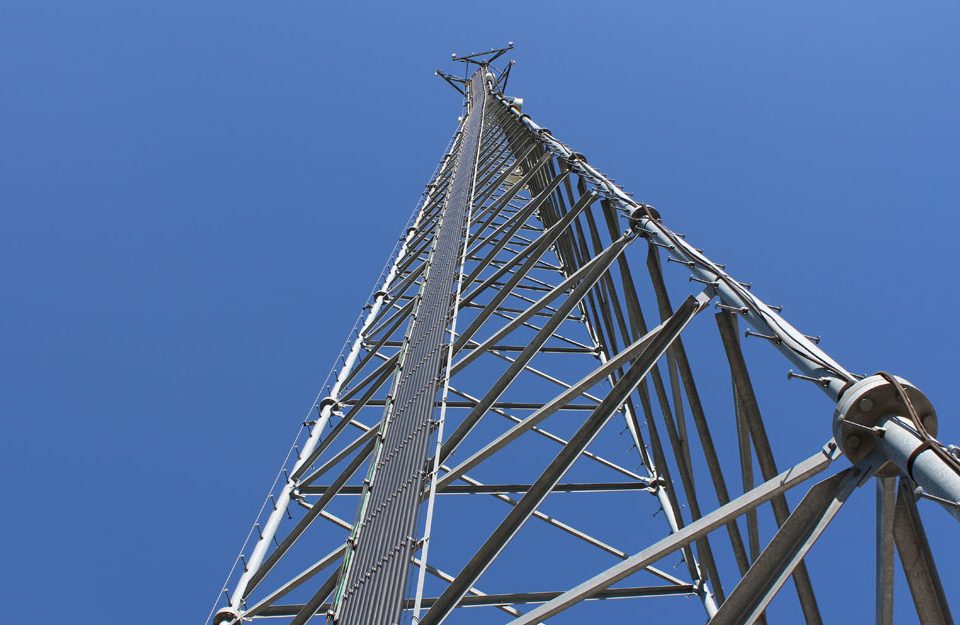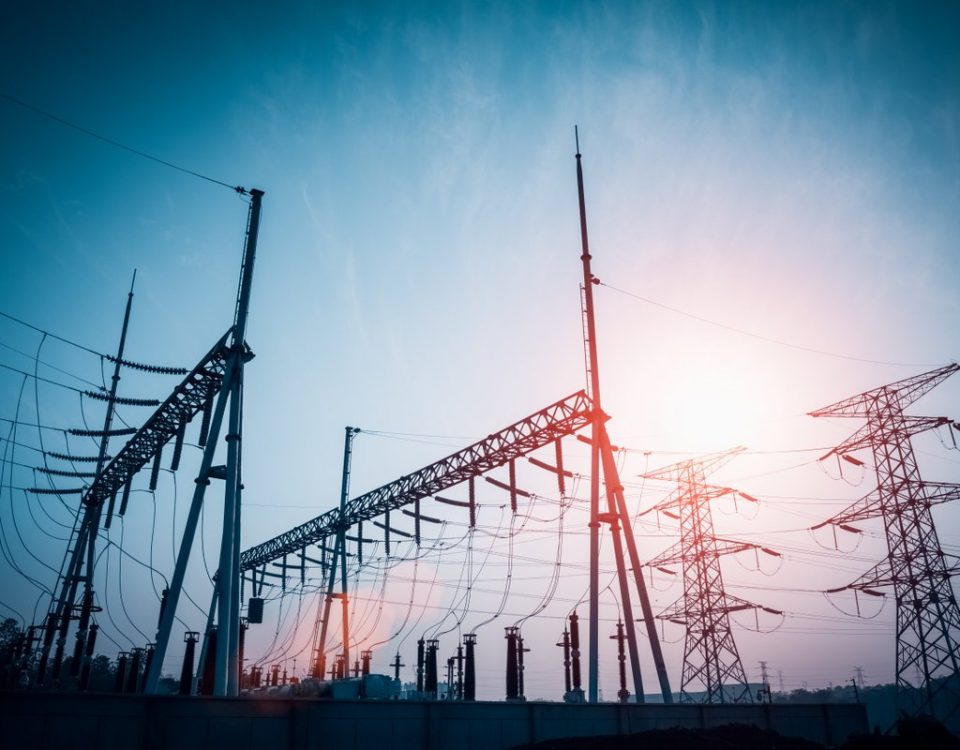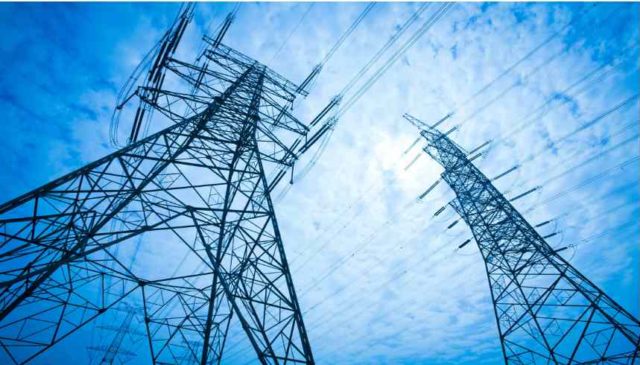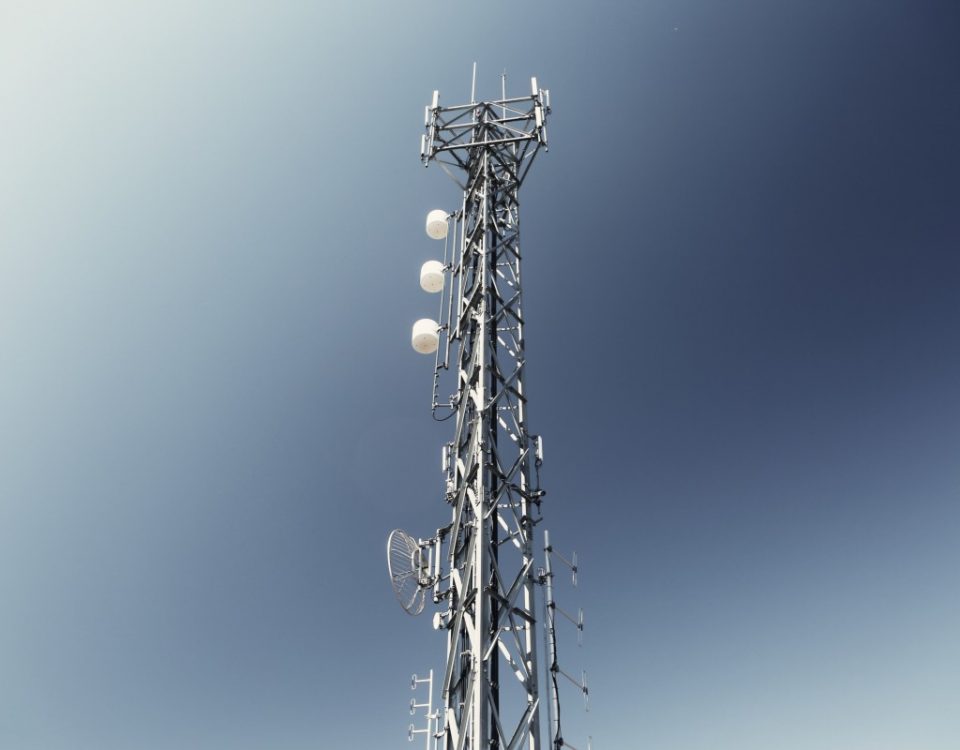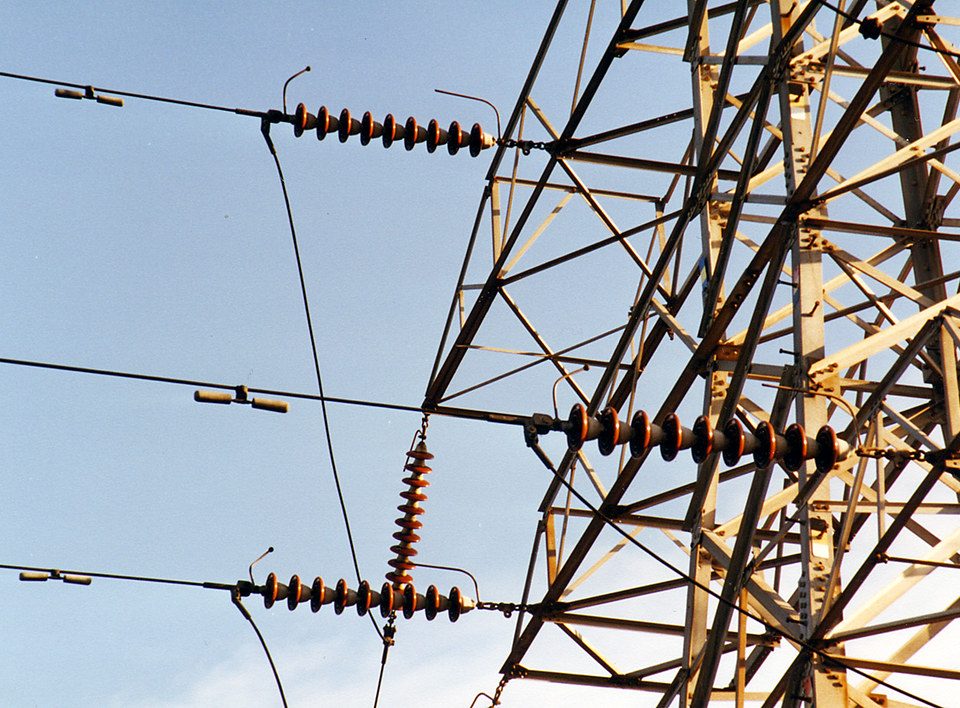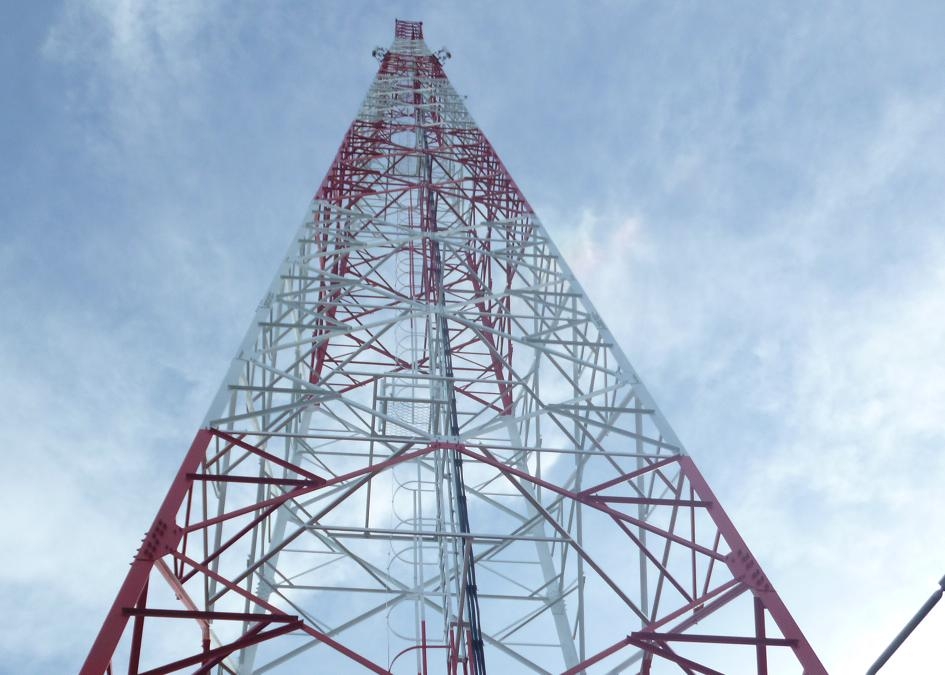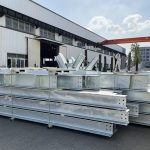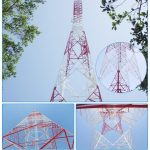Nonlinear Performance Analysis of Steel Lattice Energy Distribution Towers
Analyzing the nonlinear performance of steel lattice energy distribution towers is crucial for ensuring their structural integrity and reliability, especially under complex loading conditions such as wind, ice, and seismic events. These towers are vital components of power transmission systems, supporting high-voltage lines across vast distances. Understanding their nonlinear behavior helps in designing towers that can withstand extreme conditions and maintain the stability of the energy distribution network.
Introduction to Steel Lattice Energy Distribution Towers
Steel lattice towers are widely used in power transmission due to their strength, durability, and cost-effectiveness. They are constructed using a framework of steel members arranged in a lattice pattern, providing a high strength-to-weight ratio. These towers must withstand various environmental and operational loads, making it essential to analyze their nonlinear performance to predict and mitigate potential failures.
Factors Influencing Nonlinear Performance
- Material Properties
- Yield Strength and Elastic Modulus: The yield strength and elastic modulus of the steel used in the tower influence its ability to withstand loads without permanent deformation.
- Ductility: The ductility of the steel affects the tower’s capacity to absorb energy and undergo large deformations without failure.
- Geometric Configuration
- Member Length and Cross-Section: The length and cross-sectional area of the lattice members determine the tower’s stiffness and load-bearing capacity.
- Tower Height and Base Width: The overall dimensions of the tower affect its stability and susceptibility to buckling.
- Loading Conditions
- Wind Loads: Wind pressure can induce significant lateral forces and moments, leading to nonlinear deformations.
- Ice Loads: Accumulation of ice increases the weight and wind resistance of the tower, affecting its performance.
- Seismic Loads: Earthquakes can impose dynamic loads that challenge the tower’s structural integrity.
- Boundary Conditions and Support
- Foundation Type: The type of foundation (e.g., pile, spread footing) influences the tower’s response to loads.
- Support Constraints: The degree of fixity at the base and connections affects the tower’s deformation behavior.
Nonlinear Performance Analysis Methodologies
- Analytical Methods
- Nonlinear Static Analysis: Involves solving equilibrium equations with material and geometric non-linearities to predict the tower’s response under static loads.
- P-Delta Analysis: Accounts for the additional moments induced by axial loads acting on deformed shapes, capturing second-order effects.
- Numerical Methods
- Finite Element Analysis (FEA): A powerful tool for simulating complex loading scenarios and predicting nonlinear behavior. FEA models can incorporate material non-linearities, geometric imperfections, and detailed loading conditions.
- Dynamic Analysis: Involves time-history analysis to simulate the tower’s response to dynamic loads such as wind gusts or seismic events.
- Experimental Methods
- Scale Model Testing: Conducting tests on scaled models of towers to observe nonlinear behavior under controlled conditions.
- Full-Scale Testing: Testing full-size towers or sections to validate analytical and numerical predictions.
Nonlinear Performance Analysis: Case Study
Scenario Description
In this case study, we analyze the nonlinear performance of a steel lattice tower designed for a high-voltage transmission line in a region prone to high winds and seismic activity.
Material and Geometric Parameters
| Parameter | Value |
|---|---|
| Steel Grade | ASTM A572 Grade 50 |
| Yield Strength (MPa) | 345 |
| Elastic Modulus (GPa) | 200 |
| Tower Height (m) | 50 |
| Base Width (m) | 10 |
| Member Cross-Section | L-shaped angles |
Loading Conditions
| Load Type | Magnitude |
|---|---|
| Wind Pressure | 1.5 kN/m² |
| Ice Thickness | 20 mm |
| Seismic Acceleration | 0.3g |
Analysis Approach
- Nonlinear Static Analysis
- Load Application: Wind and ice loads are applied incrementally to capture the tower’s nonlinear response.
- P-Delta Effects: Second-order effects are considered to account for additional moments due to deformations.
- Finite Element Analysis (FEA)
- Model Setup: A 3D FEA model of the tower is created, incorporating material properties, geometric details, and loading conditions.
- Dynamic Analysis: Time-history analysis is performed to simulate the tower’s response to seismic loads.
- Experimental Validation
- Scale Model Testing: A scale model of the tower is subjected to wind and seismic loads in a wind tunnel and shake table.
- Data Collection: Displacement and strain measurements are used to validate numerical predictions.
Results and Discussion
Nonlinear Static Analysis Results
- Deformation Patterns: The analysis reveals significant lateral displacements at the top of the tower, with maximum deformations occurring under combined wind and ice loads.
- P-Delta Effects: Second-order effects increase the bending moments in critical members, highlighting the importance of considering these effects in design.
FEA Results
- Stress Distribution: The FEA model identifies high stress concentrations at the base and connections, indicating potential failure points.
- Dynamic Response: The tower exhibits significant vibrations under seismic loads, with peak accelerations occurring at the top.
Experimental Validation Results
- Deformation and Strain: The experimental tests confirm the FEA predictions, with measured deformations and strains closely matching the numerical results.
- Failure Modes: Observations from the tests indicate buckling of slender members and yielding at connections as primary failure modes.
Strategies for Enhancing Nonlinear Performance
- Material and Design Optimization
- High-Strength Steel: Using high-strength steel with superior ductility can enhance the tower’s nonlinear performance.
- Optimized Member Design: Designing members with increased cross-sectional areas or using composite materials can improve load distribution and reduce stress concentrations.
- Foundation and Support Improvements
- Enhanced Foundations: Implementing deeper or more robust foundations can improve stability and reduce deformations.
- Flexible Connections: Using flexible connections can accommodate deformations and reduce stress concentrations.
- Load Mitigation Measures
- Wind Deflectors: Installing wind deflectors can reduce wind-induced loads and vibrations.
- Ice Shedding Devices: Implementing devices to shed ice can minimize additional weight and wind resistance.
- Monitoring and Maintenance
- Structural Health Monitoring: Installing sensors to monitor deformations and stresses provides real-time data for maintenance and decision-making.
- Regular Inspections: Conducting regular inspections helps identify potential issues before they lead to failure.
Conclusion
The nonlinear performance analysis of steel lattice energy distribution towers under complex loading conditions is essential for ensuring their structural integrity and reliability. By employing a combination of analytical, numerical, and experimental methodologies, engineers can accurately predict and enhance the performance of these critical structures. Implementing strategies for material selection, design optimization, and monitoring ensures the long-term stability and safety of energy distribution networks. As technology advances, the ability to predict and manage nonlinear behavior will continue to improve, contributing to more resilient and efficient infrastructure solutions.

